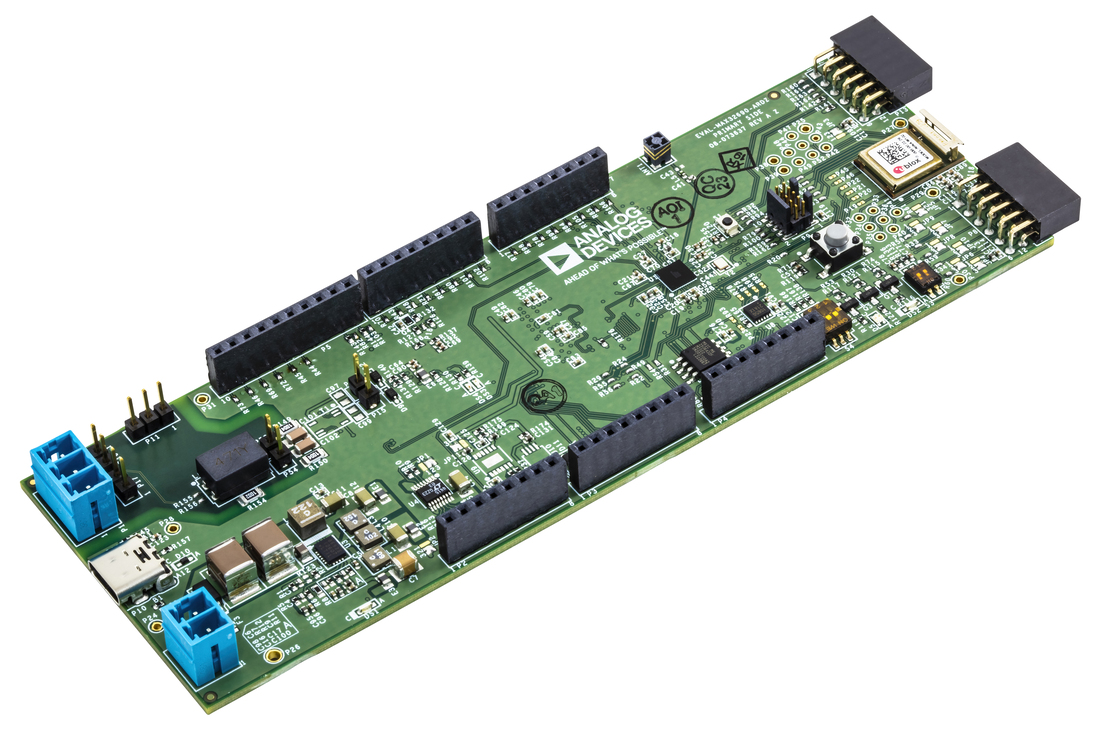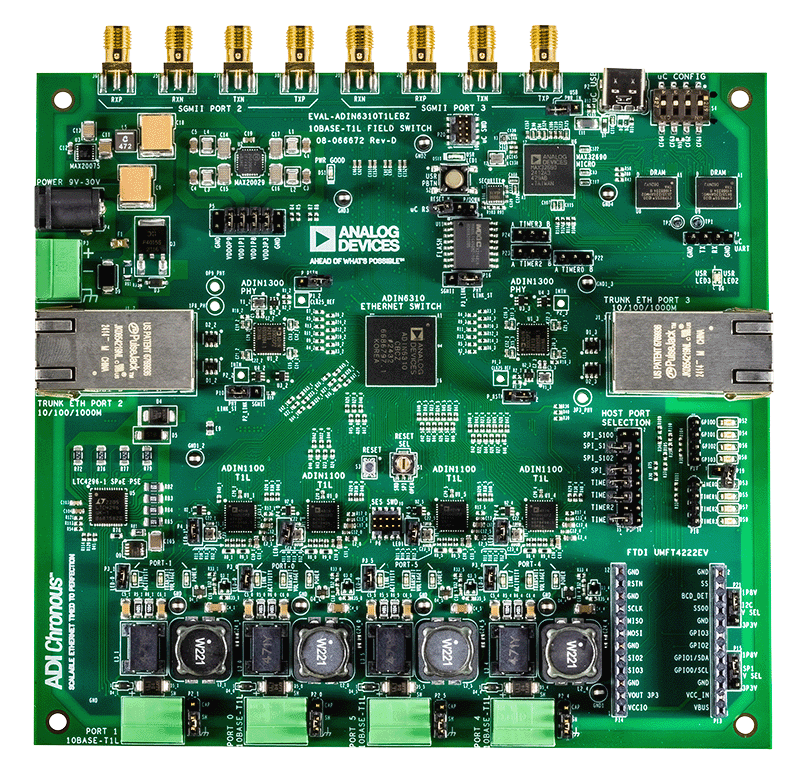MAX32690
PRODUCTIONArm Cortex-M4 with FPU Microcontroller and Bluetooth LE 5 for Industrial and Wearables
- Part Models
- 4
- 1ku List Price
- Starting From $9.18
Part Details
- Ultra-Efficient Microcontroller for Battery-Powered Applications
- 120MHz Arm Cortex-M4 Processor with FPU
- Ultra-Low-Power, 32-Bit RISC-V (RV32) Coprocessor Available to Offload Data Processing
- 7.3728MHz and 60MHz Low-Power Oscillators
- External Crystal Support (32MHz Required for Bluetooth LE)
- 32.768kHz RTC Clock (Requires External Crystal)
- 8kHz Always-on Ultra-Low Power Oscillator
- 3.25MB Internal Flash, 1MB Internal SRAM
- 85μW/MHz ACTIVE Mode at 1.1V
- 1.8V and 3.3V I/O with No Level Translators
- External Flash and SRAM Expansion Interfaces
- Bluetooth 5.2 LE Radio
- Fully Open-Source Bluetooth 5.2 Stack Available
- Supports AoA, AoD, LE Audio, and Mesh
- High-Throughput (2Mbps) Mode
- Long-Range (125kbps and 500kbps) Modes
- Rx Sensitivity: -97dBm; Tx Power: +4.5dBm
- Single-Ended Antenna Connection (50Ω)
- Optimal Peripheral Mix Provides Platform Scalability
- 16-Channel DMA
- Five Quad-SPI Controller (60MHz)/Peripheral (30MHz)
- Four UARTs with Flow Control
- Two I2C
- I2S
- Eight External Channel, 12-Bit 1Msps SAR ADC
- USB 2.0 Hi-Speed Device
- 16 Pulse Train Engines
- Four 32-Bit/Dual 16-Bit Timers with 8mA High Drive
- Two 32-Bit/Dual 16-Bit Low-Power Timers
- Two CAN 2.0B Controllers
- Four Micropower Comparators
- 1-Wire Controller
- Cryptographic Tool Box (CTB) for IP/Data Security
- Modular Arithmetic Accelerator (MAA), True Random Number Generator (TRNG)
- Secure Nonvolatile Key Storage, SHA-256, AES-128/192/256
The MAX32690 microcontroller (MCU) is an advanced system-on-chip (SoC) featuring an Arm® Cortex®-M4F CPU, large flash and SRAM memories, and the latest generation Bluetooth® 5.2 Low Energy (LE) radio. This device unites processing horsepower with the connectivity required for IoT applications.
The MAX32690 is qualified to operate over the -40°C to +105°C range, which is ideal for industrial environments.This device is available in a 68-pin TQFN-EP (0.40mmpitch) and a 140-bump WLP (0.35mm pitch).
Bluetooth 5.2 Low Energy (LE) radio supports Mesh, angle of arrival (AoA), and angle of departure (AoD) for direction finding, long-range (coded), and high-throughput modes. LE Audio hardware implemented with software codec is provided separately. A RISC-V core optionally handles timing-critical controller tasks, freeing the programmer from Bluetooth LE interrupt latency concerns.
A cryptographic toolbox (CTB) provides advanced security features, including an MAA for fast Elliptic Curve Digital Signature Algorithm (ECDSA), Advanced Encryption Standard (AES) Engine, TRNG, SHA-256 hash, and secure boot loader. Internal code and SRAM space can be expanded off-chip through two quad-SPI execute-in-place (SPIXF and SPIXR) interfaces up to 512MB each.
Many high-speed interfaces are supported on the device, including multiple QSPI, UART, CAN 2.0B, and I2C serial interfaces, plus one I2S port for connecting to an audio codec. All interfaces support efficient DMA-driven transfers between peripheral and memory. A 12-input (8 external), 12-bit SAR ADC samples analog data at up to 1Msps.
Applications
- Fitness/Health Wearables
- Portable and Wearable Wireless Medical Devices
- Asset Tracking
- Industrial Sensors and Networks
Documentation
Data Sheet 1
User Guide 2
Device Drivers 1
Analog Dialogue 3
Webcast 1
ADI has always placed the highest emphasis on delivering products that meet the maximum levels of quality and reliability. We achieve this by incorporating quality and reliability checks in every scope of product and process design, and in the manufacturing process as well. "Zero defects" for shipped products is always our goal. View our quality and reliability program and certifications for more information.
| Part Model | Pin/Package Drawing | Documentation | CAD Symbols, Footprints, and 3D Models |
|---|---|---|---|
| MAX32690GTK+ | 68-LFCSP-8X8X0.75 | ||
| MAX32690GTK+T | 68-LFCSP-8X8X0.75 | ||
| MAX32690GWE+ | 140-WLCSP-N/A | ||
| MAX32690GWE+T | 140-WLCSP-N/A |
This is the most up-to-date revision of the Data Sheet.
Software Resources
Device Drivers 1
CodeFusion Studio™
The multi award winning CodeFusion Studio (CFS) is an embedded software development platform built on Microsoft's open-source Visual Studio Code (VS Code).
View DetailsEvaluation Software 1
Can't find the software or driver you need?

















